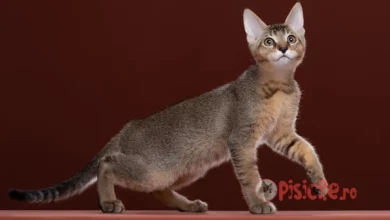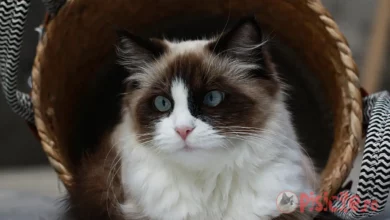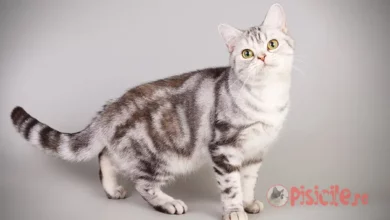
The Transylvanian cat (Transylvanian) is the first internationally recognized Romanian cat breed, a real pride for Romania's feline heritage. Naturally occurring in the Carpathian Mountains, this breed impresses with its distinctive appearance. Although it resembles a miniature Wolf and can sometimes seem quite frightening, the Transylvanian cat has a gentle temperament, being ideal for a house cat. Currently, the breed is partially homologated, with final recognition to be given in two years, with the birth of the fourth generation of puppies.
Subject
What are the origins of the Transylvanian cat breed
The Transylvanian Cat is considered a heritage breed, based on pure bloodlines discovered in the mountainous region of Transylvania, Romania. The breed was initially identified by a world-renowned expert in feline genetics. Following this discovery, the breed attracted the interest of international feline federations, which requested that Romanian federations conduct deeper studies and document the characteristics of this cat. Perfectly adapted to the harsh conditions of the Carpathian Mountains, the Transylvanian Cat is the result of natural selection, which gives it remarkable genetic resilience and robust health. We all know that cat breeds that have emerged naturally tend to have the strongest health.
Pictures of Transylvanian cat
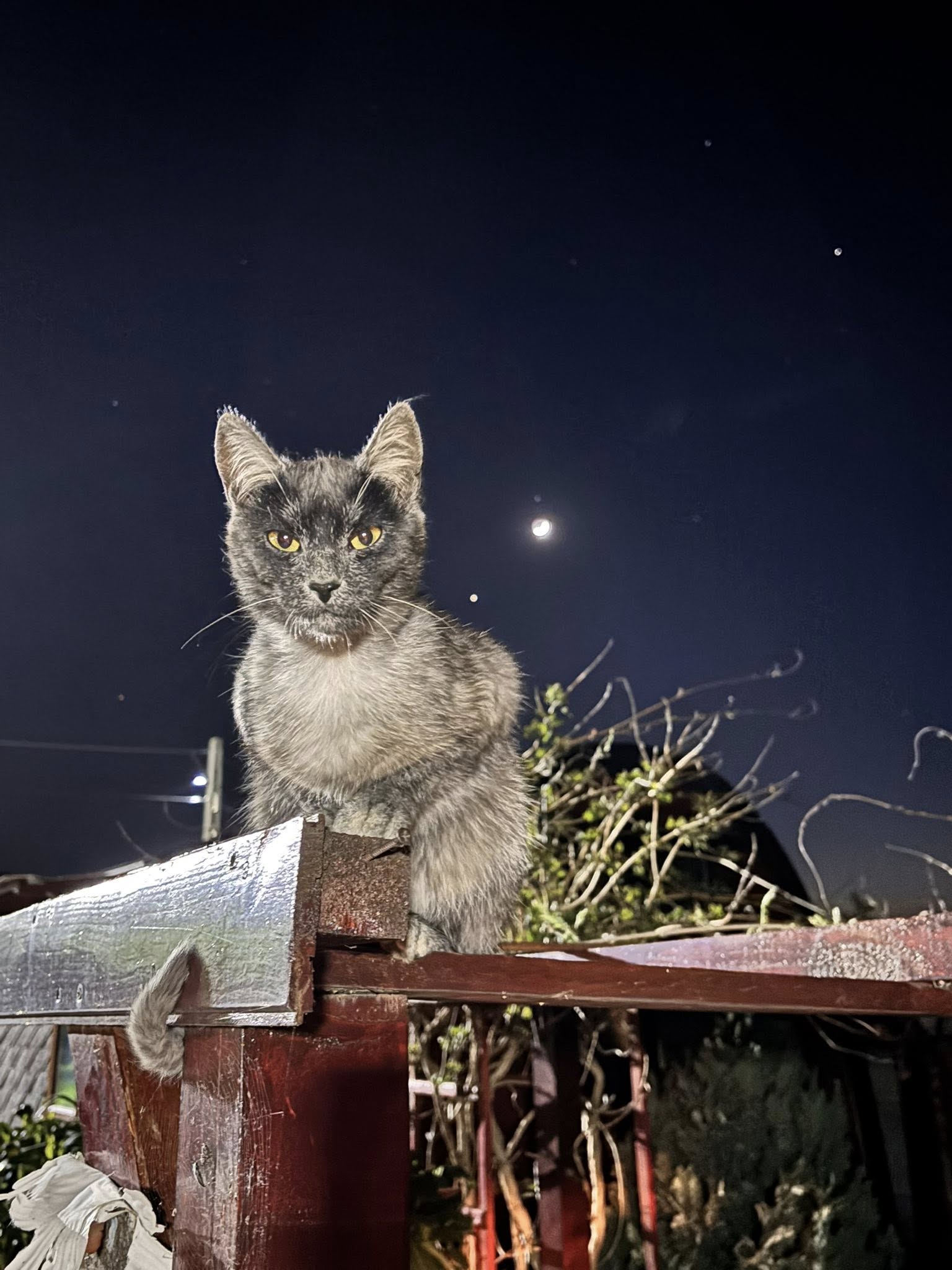

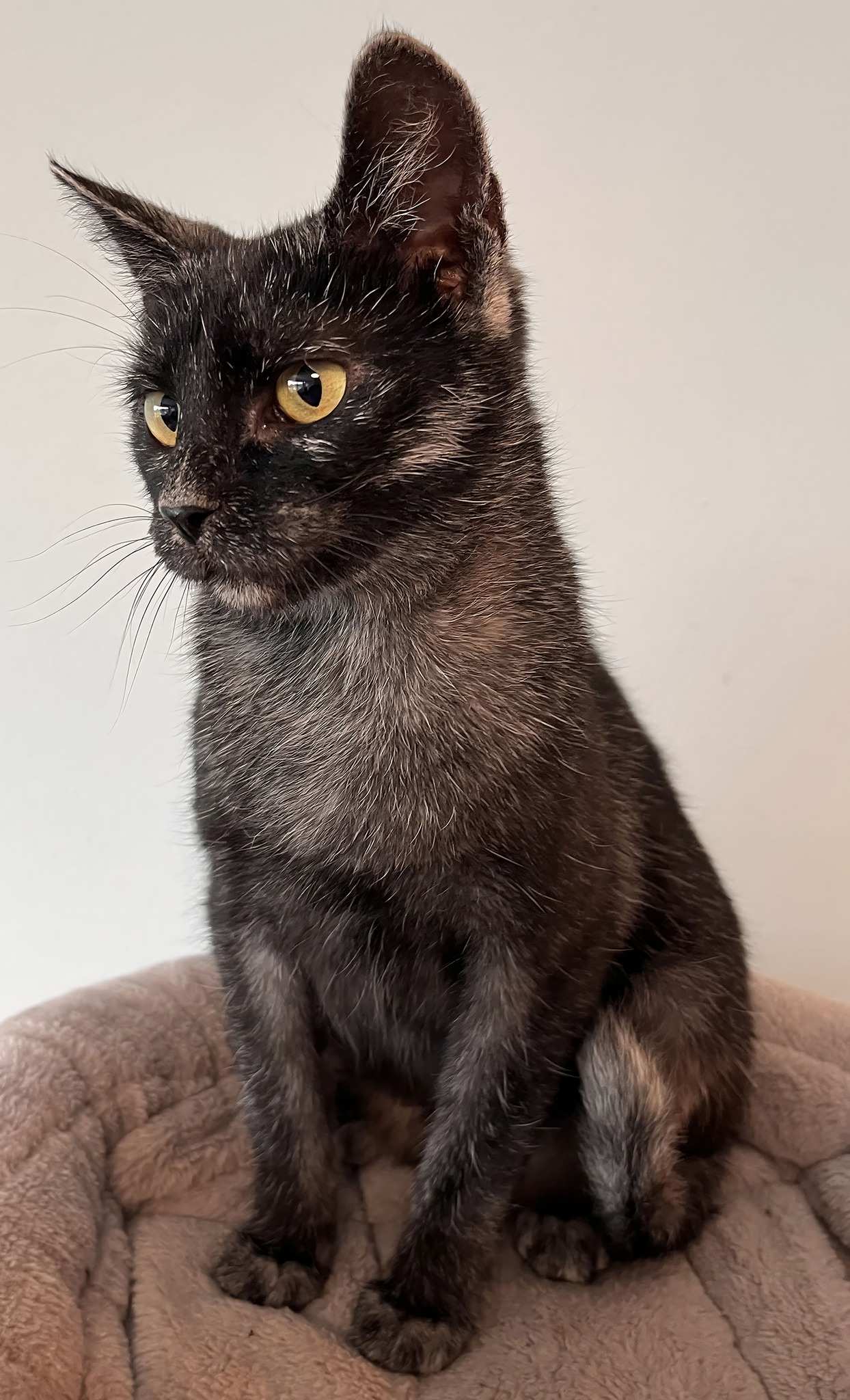

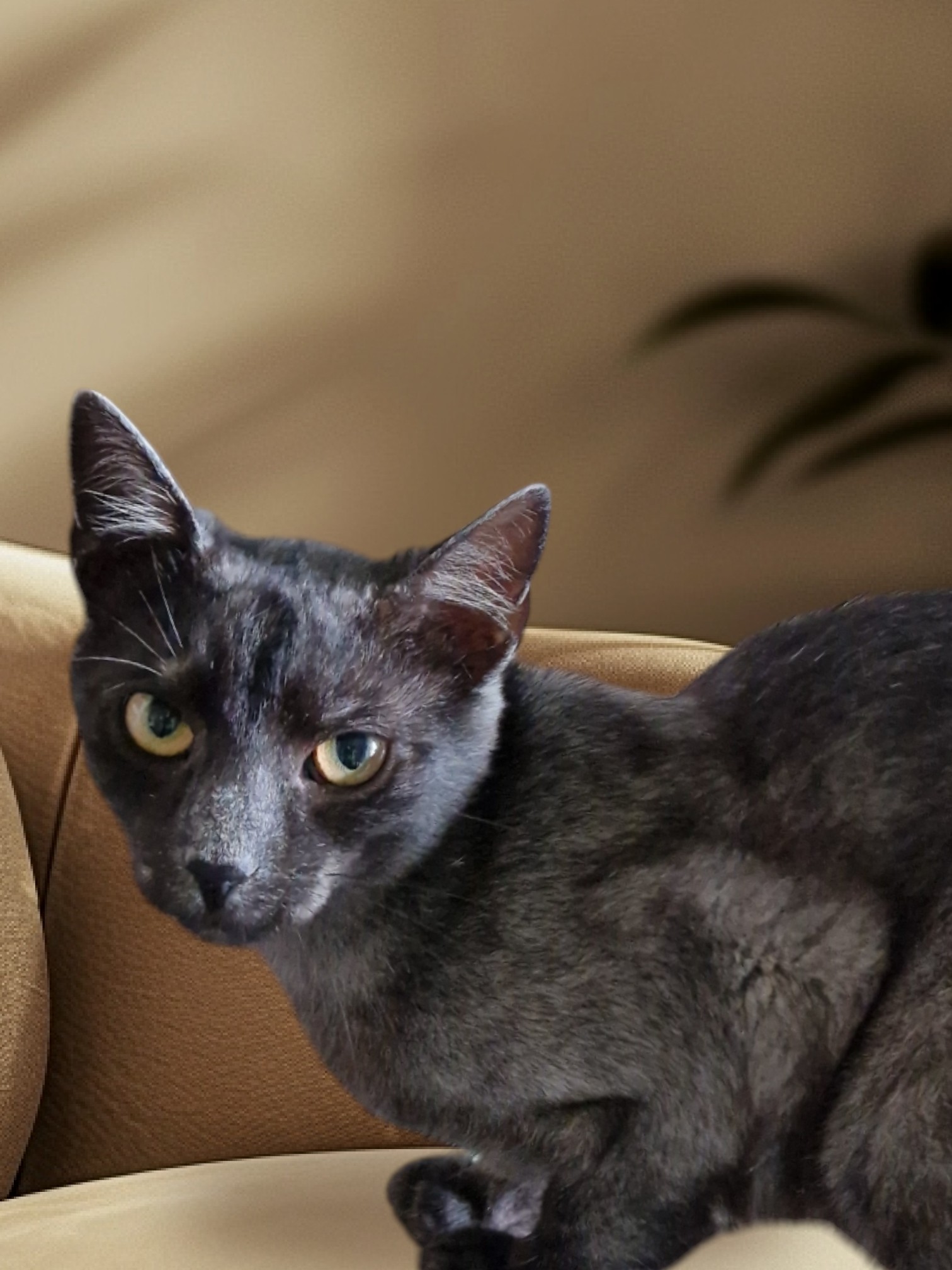
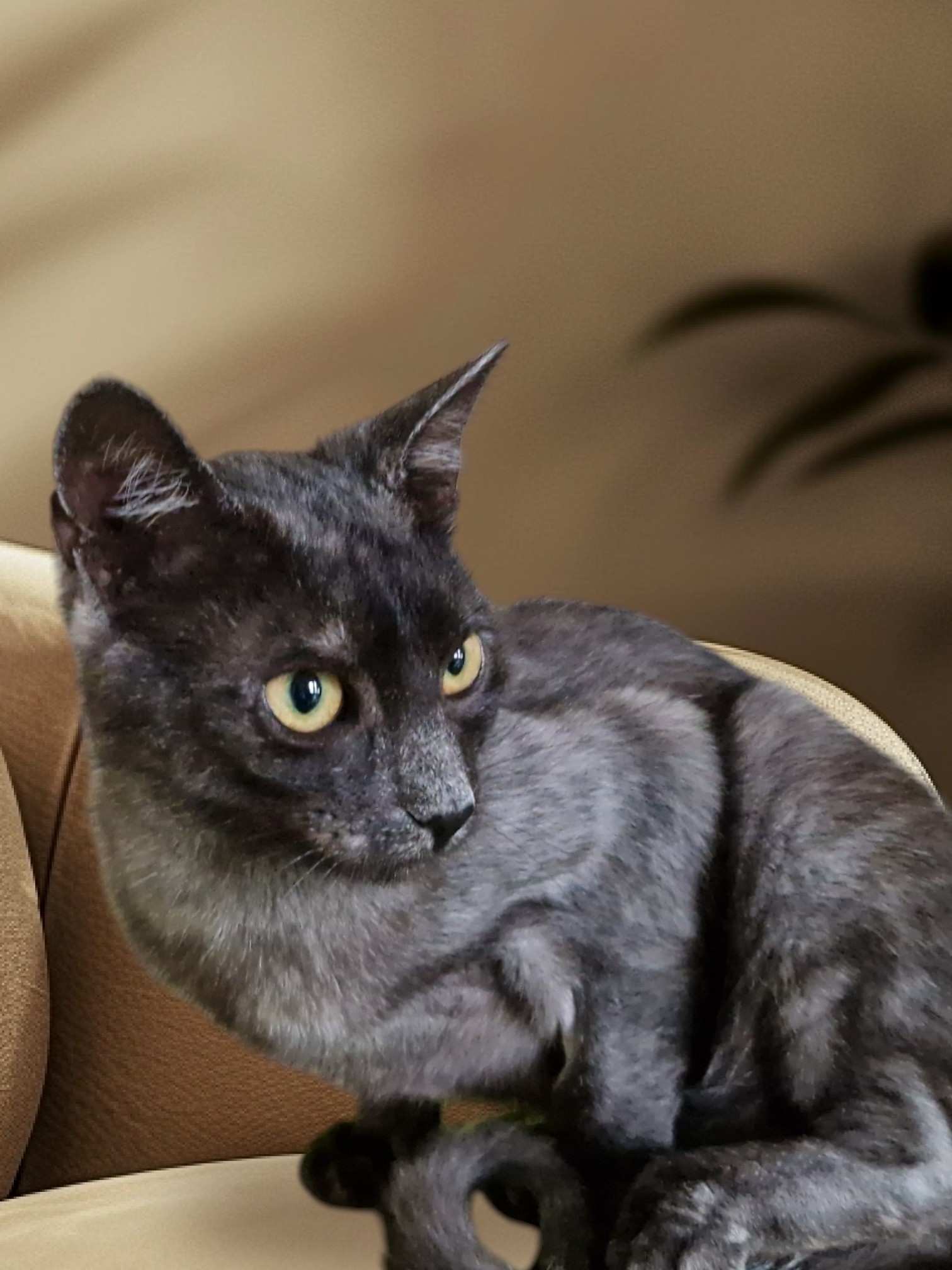
More pictures of the Transylvanian cat breed can be found on this Group De Facebook.
Physical characteristics
Carpathian fur
As can be seen in the pictures above, one of the most distinctive features of the Transylvanian cat is its gray fur, also called “Carpathian type fur”. This has a “salt and pepper” look, with black and white strands arranged alternately, providing a unique visual effect. Unlike Siamese cats, which have darker extremities, the Transylvanian cat shows lighter extremities, which accentuates its resemblance to a wolf. The coat is dense and well adapted to cope with long and cold winters in the mountains.
Wolf traits
The appearance of the Transylvanian cat is often compared to that of a wolf due to its robust and muscular, medium-sized body with a semi-round conformation. The large, straight, grayish-white ears are extremely effective in detecting sounds, giving it a true natural radar. Large eyes, from intense yellow to orange or Green, have a special expressiveness, giving the cat a mysterious air, sometimes described as hypnotic. The only white marks allowed in the breed standard are a medallion on the chest and a spot on the belly.
Temperament
Unlike many wild or semi-wild cats, the Transylvanian Cat is remarkably gentle and non-aggressive. Alexandru Elian, an exhibition director of a feline club, describes these cats as absolutely incredible due to their calm and friendly temperament. Unlike other cats that may be more reserved or aggressive, the Transylvanian Cat does not use its claws and easily adapts to domestic environments, making it ideal for families looking for an affectionate companion. It is also an excellent choice for families with young children. Despite its appearance, which may seem fierce, the Transylvanian Cat has a very docile temperament.
Health and genetics
As mentioned earlier, this is a breed that generally does not suffer from health problems. The Transylvanian Cat enjoys an excellent genetic background, being considered extremely healthy and free from major predispositions to genetic diseases. This trait is the result of natural selection in the mountainous environment, which favored only the most resilient specimens. Essentially, it descends from a species that has withstood natural selection over hundreds of years. Experts note that the breed shows promising genetic stability, a key factor for its final official recognition.
Popularity, recognition and prices
Although it is a relatively new breed on the international scene, the Transylvanian Cat has quickly gained popularity in Europe, where dedicated enthusiast groups have already formed. Breeders from countries such as Switzerland, Germany, the United Kingdom, and even the United States have begun to show interest in this unique feline. As a rare and heritage breed, the price of a Transylvanian Cat can reach around €1,000, though it can exceed this amount.
Legends from Transylvania and symbolism
The Transylvanian Cat is not just a breed of cat, but also a symbol of Transylvania—a region known for its vampire legends and wild landscapes. Some local stories say that this cat was once the companion of Transylvanian peasants, protecting grain stores from rodents. One legend even suggests that a Transylvanian Cat saved a child from a wolf, giving it a heroic aura. With its large ears, piercing eyes, and devilish-looking fur, this cat is sometimes called “Count Dracula’s cat,” thanks to its mysterious charm and the folklore that surrounds it.
Conclusion
The Transylvanian Cat is more than just a cat breed—it is a testament to the beauty and resilience of nature in the Carpathian Mountains. With its gray coat, wolf-like features, and gentle temperament, this feline is winning the hearts of cat lovers around the world. As the recognition process continues, the Transylvanian Cat is poised to become an ambassador of Romanian heritage, bringing a touch of Transylvanian magic into the homes of those who welcome it.
